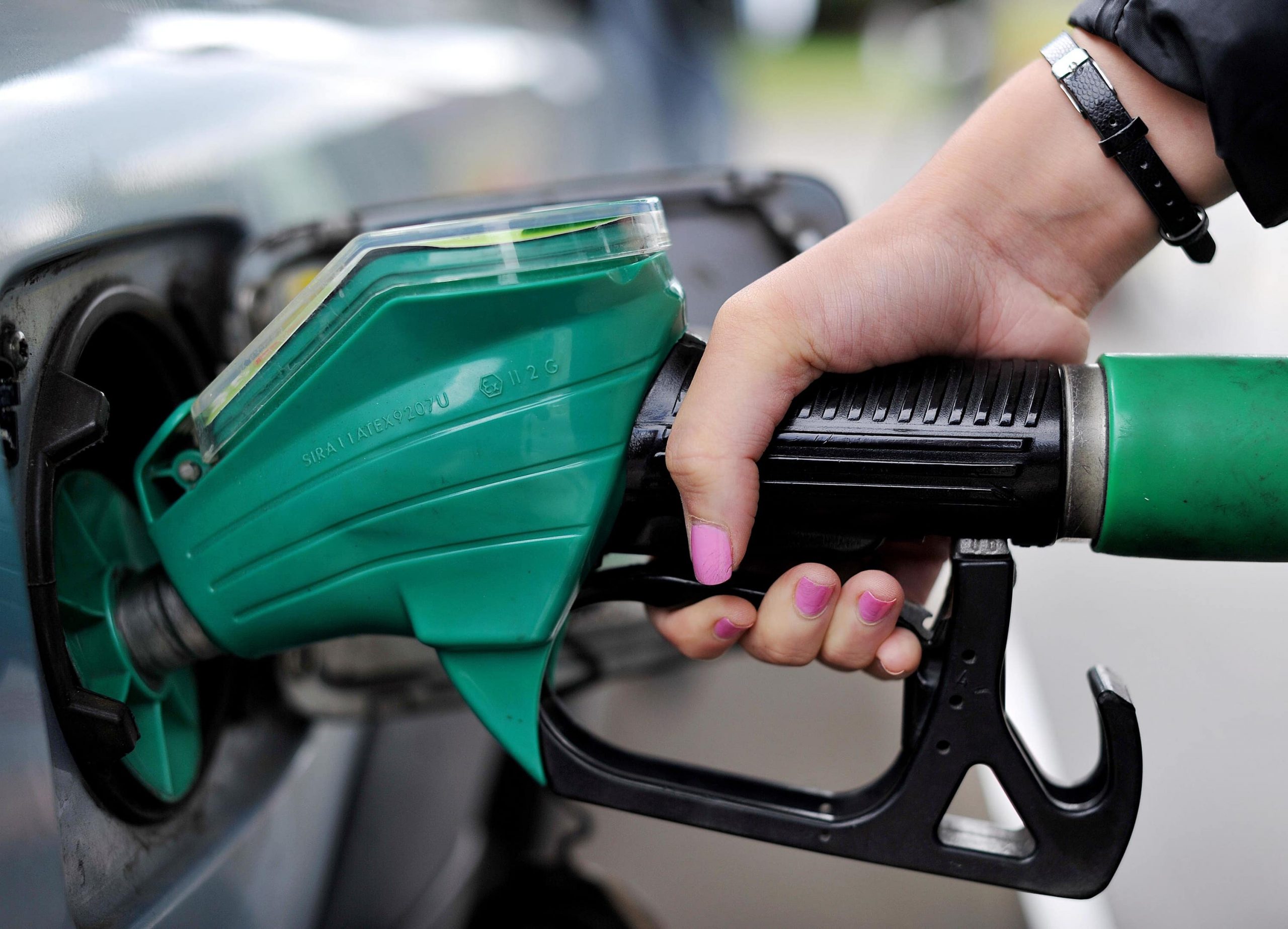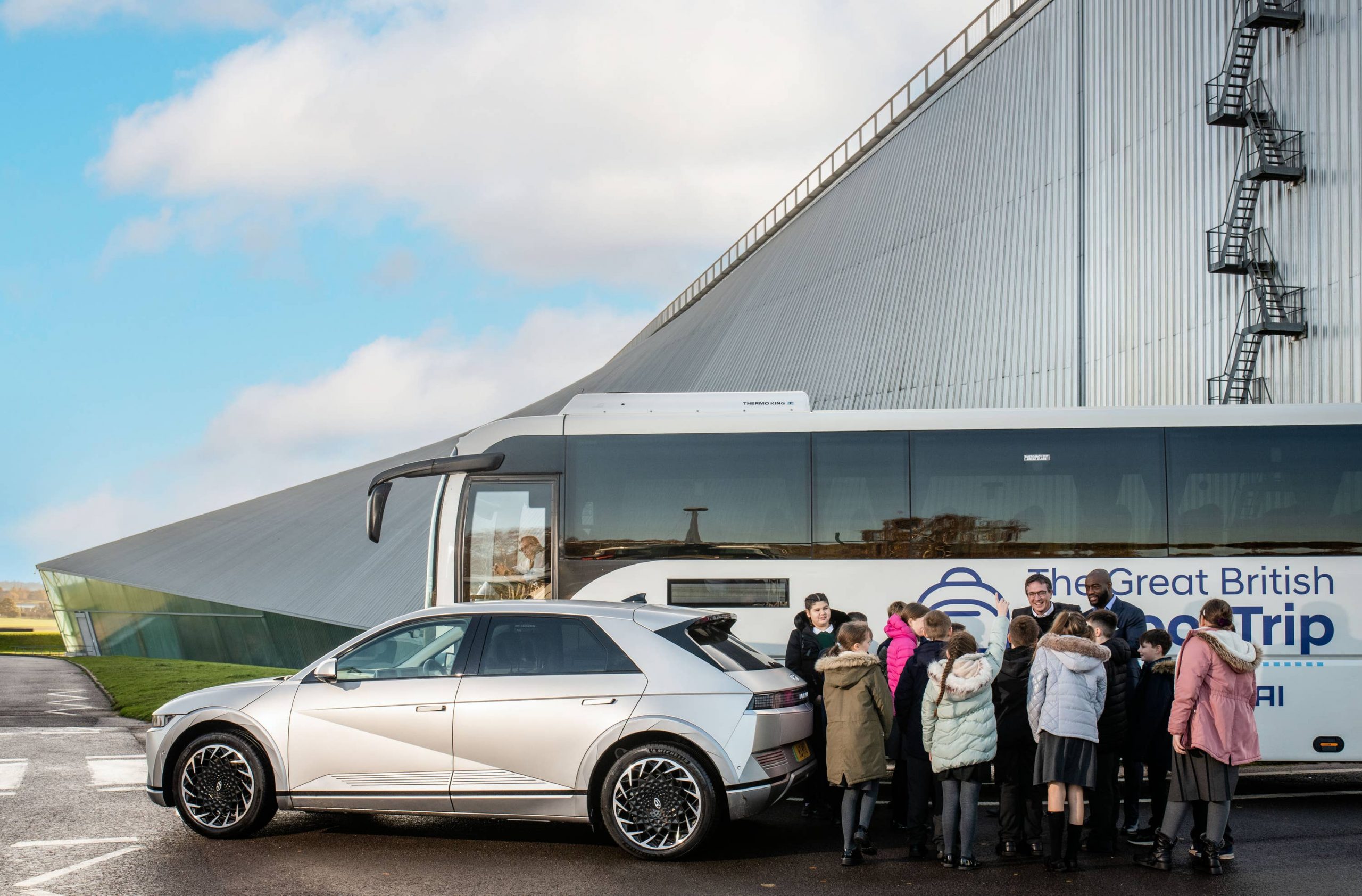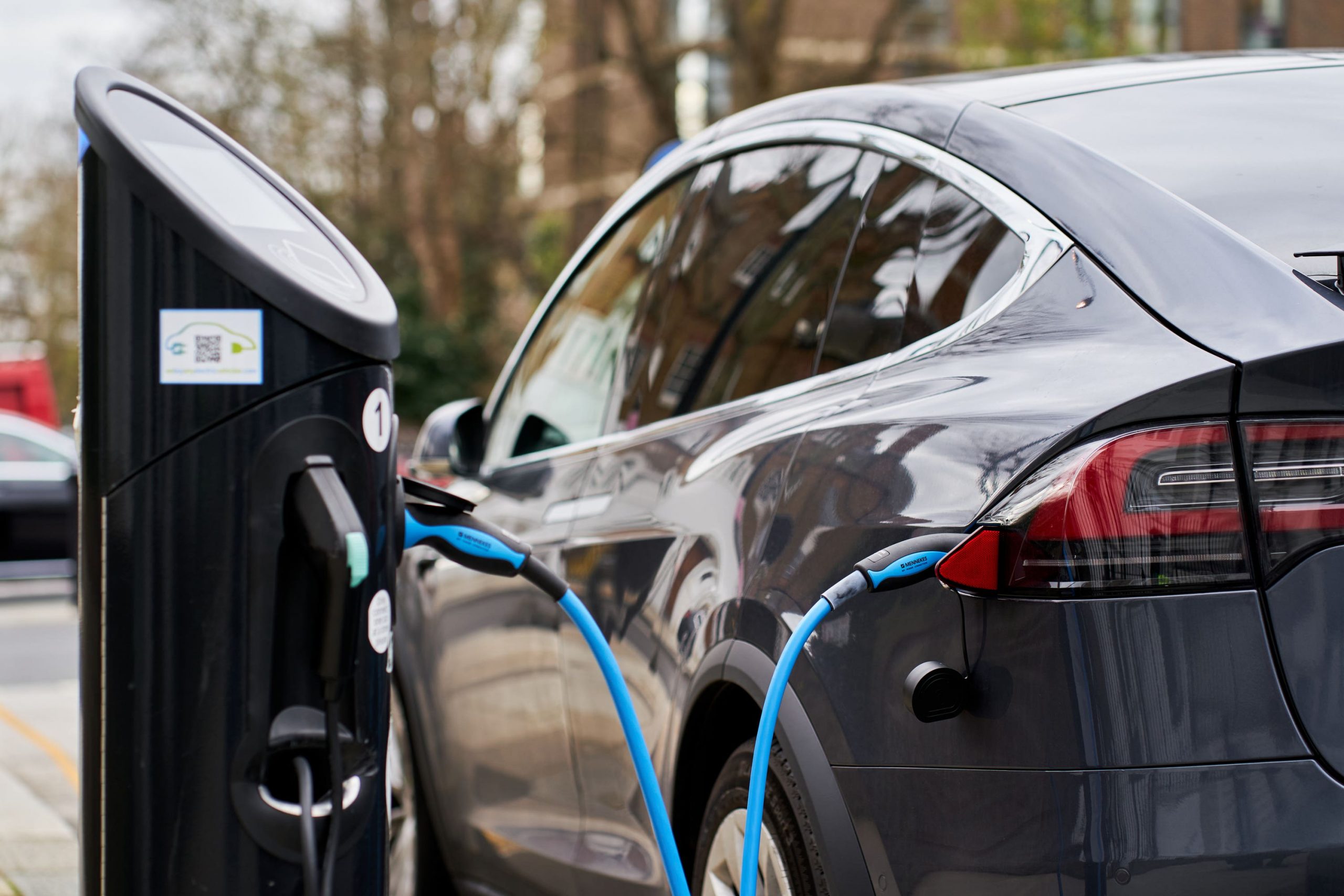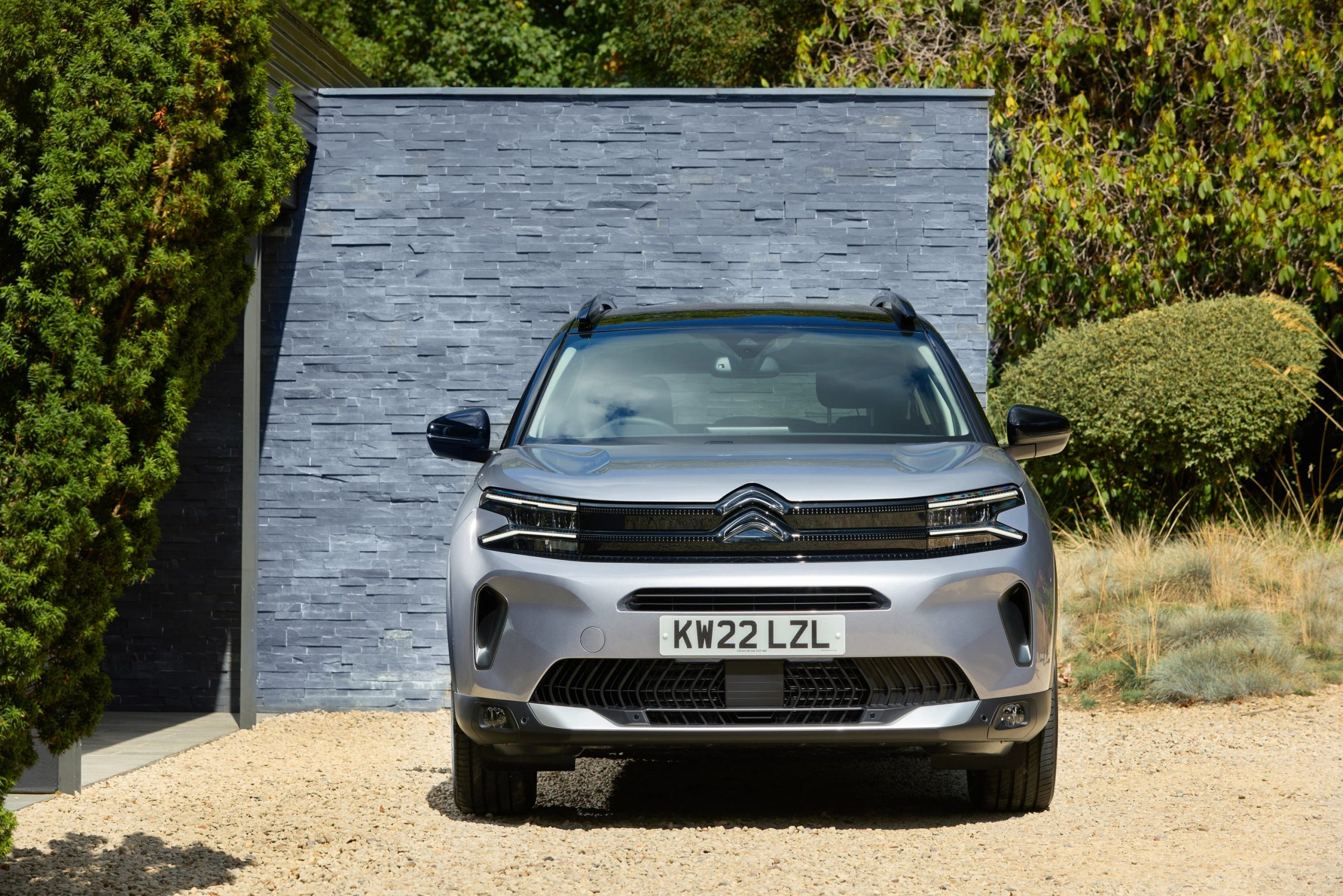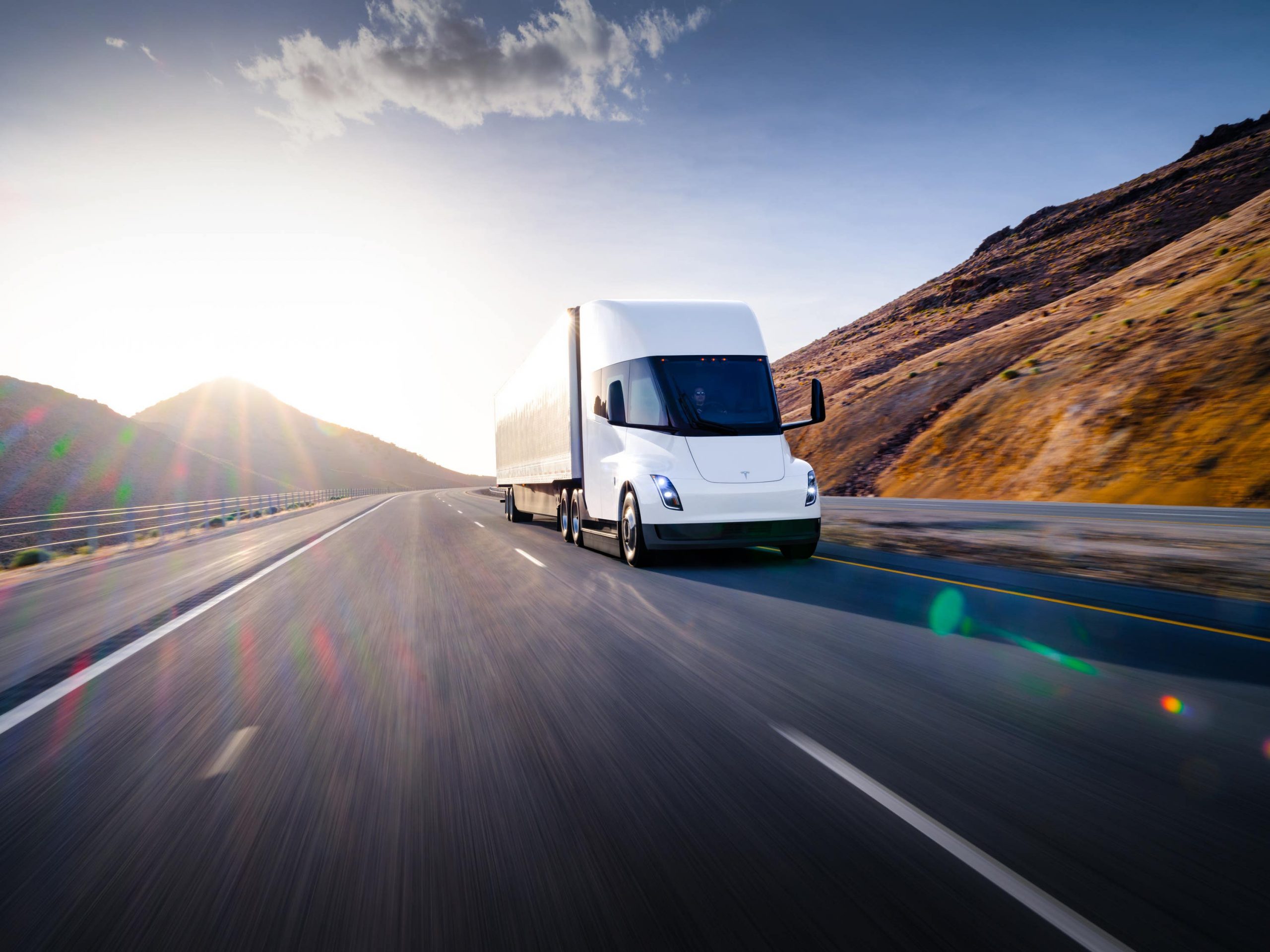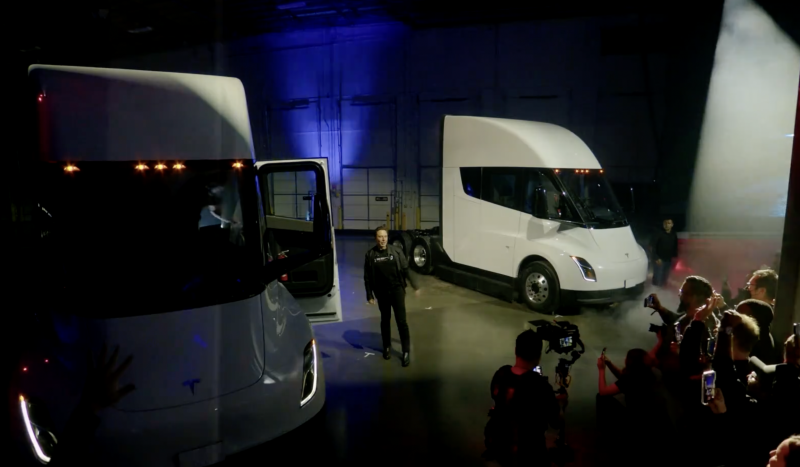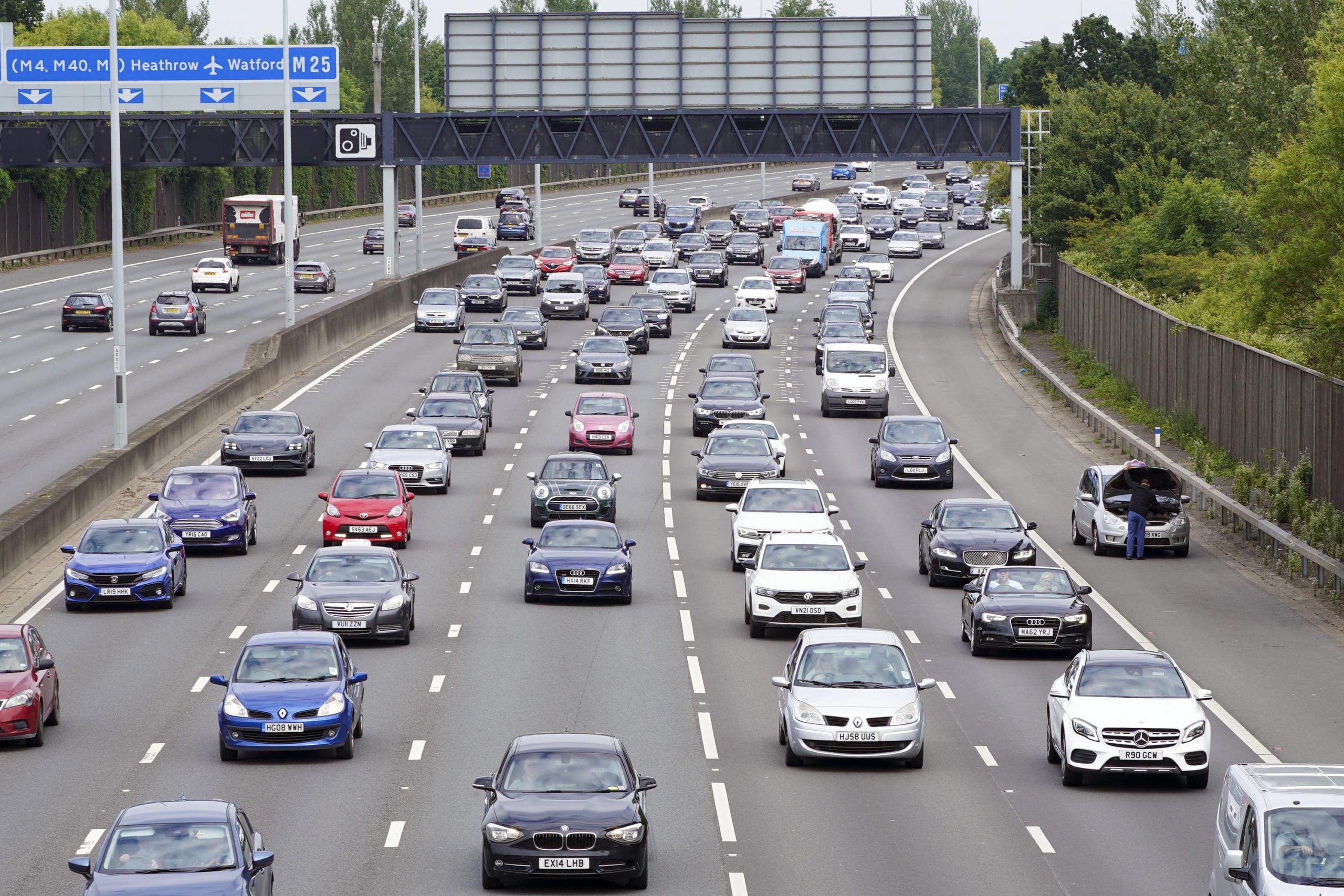Citroen has tweaked its stylish family SUV. Ted Welford finds out what’s changed.
What is it?
Citroen’s known for doing things a little bit differently from others, and its C5 Aircross was a fine example of this. Arriving in 2018 as the French firm’s largest SUV, it’s proven successful, with more than 260,000 sold, if not quite having popularity on the same level as rivals like the Nissan Qashqai.
After a relatively short spell, Citroen is now back with a mid-life refresh to ensure it can remain competitive next to newer models like the Qashqai and Ford Kuga. But is the C5 Aircross able to compete in this tough class?
What’s new?
The bulk of the changes as part of this update stem around the C5 Aircross’s interior – the model’s slight weakness before. Citroen has worked to improve quality with a modernised centre console, a new touchscreen and a further emphasis on comfort – an area where this crossover already impressed.
Around the exterior, you’ll notice the Aircross now gets new headlights, various new colour and wheel options as well as Citroen’s updated logo, which is placed prominently on the redesigned grille.
What’s under the bonnet?
Nothing’s changed in regard to powertrains on the C5 Aircross. For those wanting something electrified, there’s a 222bhp plug-in hybrid that can manage 38 miles on electric power to a charge, while a 128bhp 1.5-litre caters to high-mileage users, with this fuel becoming an increasing rarity in this class – you can’t buy a diesel Kuga or Qashqai these days.
But our test car uses the entry-level petrol – a 1.2-litre turbocharged petrol generating 129bhp and 230Nm of torque. Drive is delivered to the front wheels (as is the case with all new C5 Aircross models), with an eight-speed automatic gearbox being adopted here, though a manual is available.
Getting up to 60mph will take just over 10 seconds, with Citroen claiming 46.7mpg and 148g/km CO2 emissions. Expect more like 40mpg in real-world driving, though.

What’s it like to drive?
If you come to the C5 Aircross looking for something sporty, you’re barking up the wrong tree as this is a model that majors on comfort and everyday ease of use. The light steering inspires little confidence down a twisty back road, but around town, it makes it very easy to manoeuvre, aided by fantastic visibility. The Aircross remains a comfortable, if soft-riding choice, though it can be a bit unsettled by potholes. We haven’t driven the new hybrid version but suspect that – like its predecessor – that will be the more comfortable choice because of its reworked suspension.
The 1.2-litre petrol engine doesn’t do it any favours, however. This unit’s more than fine in Citroen’s smaller models, but just feels underpowered in something as big as the C5 Aircross, particularly if you’ve got a full car with luggage. It’s not helped by a slightly hesitant gearbox, either.
How does it look?
Citroen’s designers aren’t afraid to be bolder than other brands, and the result is a funky-looking crossover that’s able to stand out. Like before, you’ve got the brand’s famed ‘Airbumps’ on the doors – the plastic trim stuck halfway up the door that can also help prevent door dings – as well as various colour packs to add some extra brightness.
The visual changes, while not all that significant, are welcome, with the new LED lighting signature that runs into the grille being a particularly neat touch. You won’t find wheels smaller than 18 inches in size, while the plentiful plastic cladding helps to give the C5 Aircross a chunky and rugged look that will go down well with customers.
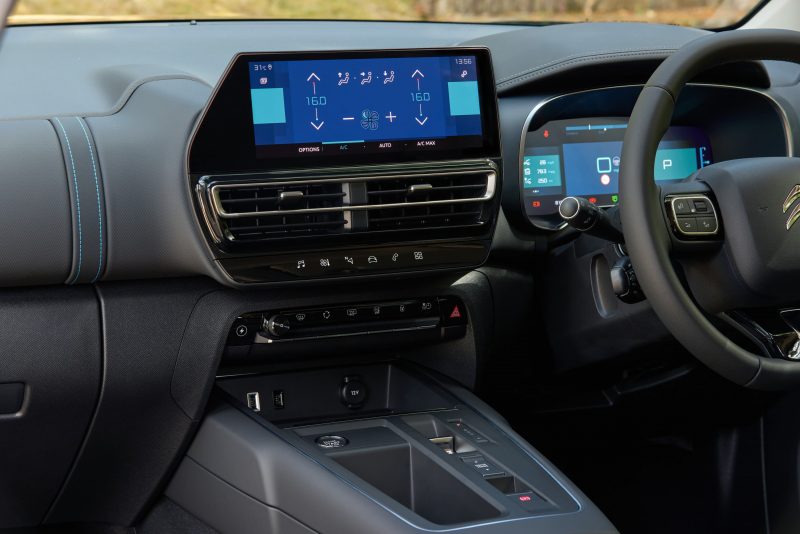
What’s it like inside?
The interior of the C5 Aircross feels like the biggest step up, with the centre console feeling much more modern. On automatic models, there’s a small gear selector that helps to free up space, and the quality in general is good. It’s not premium, but feels solid and durable, with our test car getting some pleasant half-Alcantara seats, which utilise Citroen’s ‘Advanced Comfort’ program, and now get more support than ever. They’re great for taking the literal backache out of longer journeys.
The C5 Aircross will also work brilliantly well as a family car. There’s plenty of space in the rear seats, while each seat in the rear folds and slides individually. Even with the seats upright, the boot measures a fantastic 580 litres, easily eclipsing the room offered with a Qashqai.
What’s the spec like?
All C5 Aircross models get a long list of equipment. The entry-level Sense Plus comes with the brand’s new, much-improved 10-inch touchscreen, a 12.3-inch digital instrument cluster, front and rear parking sensors and a reversing camera.
The mid-range Shine trim brings the smarter part-Alcantara seats, as well as adaptive cruise control (not on manual models) and blind spot monitoring, while the top-spec C-Series Edition grade packs larger 19-inch alloy wheels, a panoramic sunroof and leather seats.
In terms of price, the C5 Aircross remains competitive next to rivals, starting from £26,930, though it will cost you more than £2,000 more across the range for an automatic version – a decision we’d think twice about making, giving the auto isn’t all that great. Hybrid models, packing plenty of extra pace and improved efficiency, seem pretty good value considering; starting from £35,835.
Verdict
The C5 Aircross was already a likeable SUV, and these updates have only improved that. Still offering eye-catching design, plenty of equipment and lots of interior space, it now has a smarter interior to go with it.
This Citroen won’t challenge the best in this class for top honours, but nevertheless, it’s an appealing choice and one that deserves to be considered if you’re in the market for a mid-size crossover.
Facts at a glance
- Model: Citroen C5 Aircross
- Starting price: £26,930
- Model as tested: Citroen C5 Aircross Shine PureTech 130 EAT8 automatic
- Price as tested: £31,125
- Engine: 1.2-litre turbocharged petrol
- Power: 129bhp
- Torque: 230Nm
- 0-60mph: 10.1 seconds
- Top speed: 117mph
- Economy: 46.7mpg
- CO2 emissions: 148g/km

